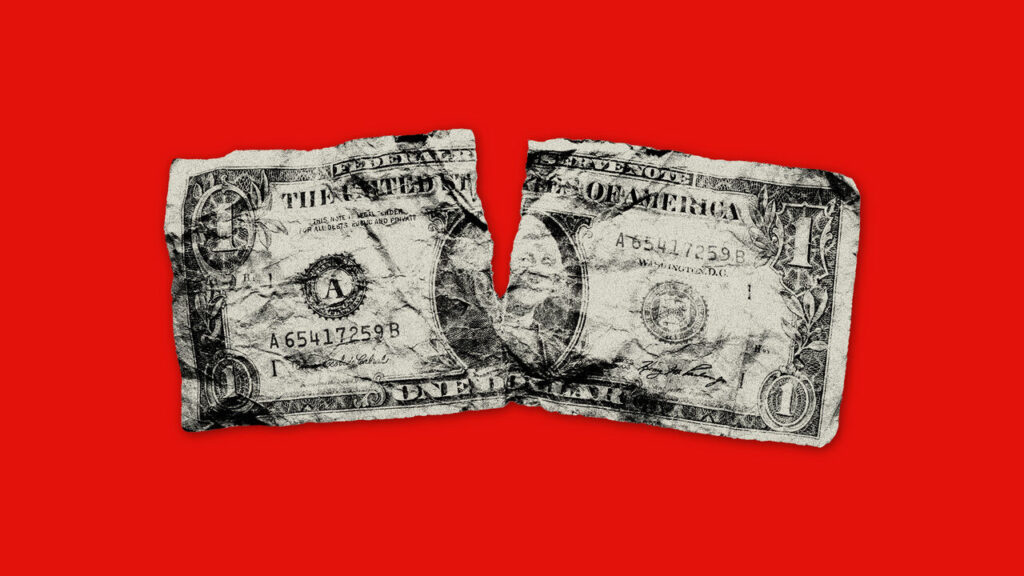Since the return of Donald Trump to the White House, the landscape for American investors has been anything but stable. A continuous barrage of unexpected events has characterized this period, creating an atmosphere of caution and wariness. Market response to these shocks has become so muted that even announcements that would have traditionally caused significant market upheaval now result in mere indifference. For example, the proclamation by President Trump regarding a substantial tariff of 50% on copper imports or 30% on products from the European Union, which in the past could have sent investors into a frenzy, was largely met with a lackluster reaction. This pattern suggests that investors are becoming desensitized to the turbulence caused by political maneuvers.
However, there have been rare moments that have managed to stir some attention in the market. A notable instance occurred on July 16, when President Trump appeared to toy with the idea of dismissing Jerome Powell, the chair of the Federal Reserve. Such speculation ignited a minor spike in Treasury yields alongside a dip in the value of the dollar. This reaction, although still relatively restrained, indicates that investors are still somewhat attuned to potential shifts in monetary policy and leadership at the Federal Reserve. Nonetheless, true to form, President Trump reconsidered his stance on Powell shortly thereafter, resulting in a return to business as usual. Following this sequence of events, American stock markets, ever resilient, reached unprecedented highs, demonstrating the paradox of investor sentiment in the current climate.
What’s particularly interesting about these market dynamics is the resilience showcased by stock indices, despite the backdrop of political turbulence. The ability of financial markets to recover swiftly after volatile announcements or headlines suggests a complex interplay between investor sentiment and economic fundamentals. The euphoria surrounding record highs in stock prices may also be reflective of broader trends such as low unemployment rates, consumer confidence, and solid corporate earnings. Despite any political uncertainty introduced by the administration or its economic policies, many investors continue to place their faith in the robustness of the American economy.
Yet, while the stock market may exhibit strength, the underlying sentiment within the investment community is multifaceted. The nonchalance in response to threats of heavy tariffs or potential leadership changes at the Federal Reserve highlights a growing sense of fatigue among investors, who may feel overwhelmed by the relentless nature of news cycles and policy shifts. The current climate of uncertainty can lead to a cautious approach among institutional and individual investors alike, making them more selective about their investment choices. As a result, sectors that depend heavily on global trade, such as manufacturing and technology, may find themselves caught in a more vulnerable position in the face of potential trade hostilities.
Reflecting on these developments, it becomes increasingly apparent that the integration of politics into economic discussions creates a challenging framework for strategic planning. Investors must now navigate a terrain that intertwines political motivations with economic realities, forcing them to remain agile and informed. The juxtaposition of stable stock market performance against a backdrop of policymaking unpredictability is a reminder that in today’s investment landscape, agility and adaptability are key skills for success.
In summary, while markets may seemingly rally despite political upheavals, the unease reflected in the broader investment community cannot be overlooked. As we move further into this tumultuous political era, it remains essential for investors to maintain vigilance and adaptability as they chart their paths amidst the evolving uncertainties. The dynamics between policy announcements, market reactions, and economic indicators will undoubtedly continue to shape the investment landscape in the months and years ahead.









